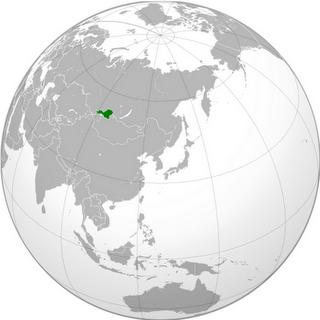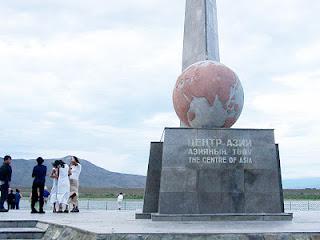 Last June, the General Secretary of the Parliamentary Assembly of Turkish speaking states (TurkPA), Ramil Hasanov, invited the Russian Federation and its constituent entities to take part in the work of the organization. “If Federation Council of Russia’s Federal Assembly will express positive attitude to participation of the Federation’s Turkish speaking constituent entities in work of TurkPA as a guest or observer, the issue will be solved. Russia itself can also participate in the Assembly as a guest or observer as this is provided in our organization’s regulation,” Hasanov said.
Last June, the General Secretary of the Parliamentary Assembly of Turkish speaking states (TurkPA), Ramil Hasanov, invited the Russian Federation and its constituent entities to take part in the work of the organization. “If Federation Council of Russia’s Federal Assembly will express positive attitude to participation of the Federation’s Turkish speaking constituent entities in work of TurkPA as a guest or observer, the issue will be solved. Russia itself can also participate in the Assembly as a guest or observer as this is provided in our organization’s regulation,” Hasanov said.
The Russian autonomous republics of Altai, Bashkortostan, Chuvashia, Kabardino-Balkaria, Karachay–Cherkess, Khakassia, Sakha (Yakutia), Tatarstan and Tuva are fully or partly Turkish speaking entities, while Turkic minorities can be found throughout the entire territory of the federation. A special place in this variegated mosaic is occupied by the Tuvans, which make up 82% of the 300 thousand population of the Tyva Republic, or Tuva. Lying in Southern Siberia, this majority Buddhist territory borders with Russia’s Altai Republic, Khakassia Republic, Krasnoyarsk Krai, Irkutsk Oblast and Buryatia Republic, and with Mongolia to the south.
THE "CENTER OF ASIA" MONUMENT IN KYZYL

The capital of Tuva, Kyzyl, claims to be the geographical “Center of Asia”, as asserted by the label of a homonymous monument in the city. Whether this claim is true or false, the Tyva Republic is the cornerstone of Russian power in the yellow continent. Part of the historically Mongol region of Tannu Uriankhai, Tuva was under Manchu rule until 1911, when tsarist Russia, taking advantage of the chaos of the 1991 Revolution in China, formed a separatist movement among the Tuvans. In this way, in 1912 Tuva became nominally independent as the Uryankhai Republic, before being brought under Russian protectorate as Uryankhay Kray under Tsar Nicholas II on April 17, 1914.
During the Russian Civil War, the territory was under control of the White Guard armies of Aleksandr Kolchak from July 1918 to July 1919, when it was occupied by China. In the summer of 1921, following the advance of the Red Army, local bolsheviks established the Tuvan People’s Republic. Popularly called Tannu-Tuva, the republic was de jure independent until 1944, when it was annexed by the Soviet Union following a formal request of the Small People’s Khural, Tuva’s parliament. Since then, the republic has been a Russian outpost in the heart of Altaic Asia, though the independent mood of native Tuvans has remained strong throughout the decades.
As capital of the Tuvan Autonomous Soviet Socialist Republic (ASSR), Kyzyl was one of the signatories to the March 31, 1992 treaty that created the Russian Federation. A new constitution for the republic was drawn up on October 22, 1993, creating a 32-member parliament, the Supreme Khural, and a Grand Khural responsible for foreign policy and any possible changes to the charter, which also allowed for a referendum if Tuva ever sought independence. Although the Tuvan Constitution was passed in a referendum on December 12, 1993, the text and the spirit of the Constitution of the Russian Federation make any reference to Tuva’s present or future sovereignty in the charter of the republic essentially meaningless.
Nevertheless, the shifting of the geopolitical center of gravity toward the Asia-Pacific region makes centrifugal tendencies within the Siberian republics of the Russian Federation always more difficult to control from Moscow. Tuva is one of Russia’s poorest republics, but its developing mining and metal working industry makes the region a natural basin for Chinese economic expansion in mainland Asia. For this reason, the battle for the modernization of the Russian economy waged by the Kremlin should give high priority to the development of those territories, like Tuva, where only the iron fist of the Kremlin has impeded the Turkic peoples of Northern Eurasia from gaining independence from what is, not for nothing, the world’s largest country.

